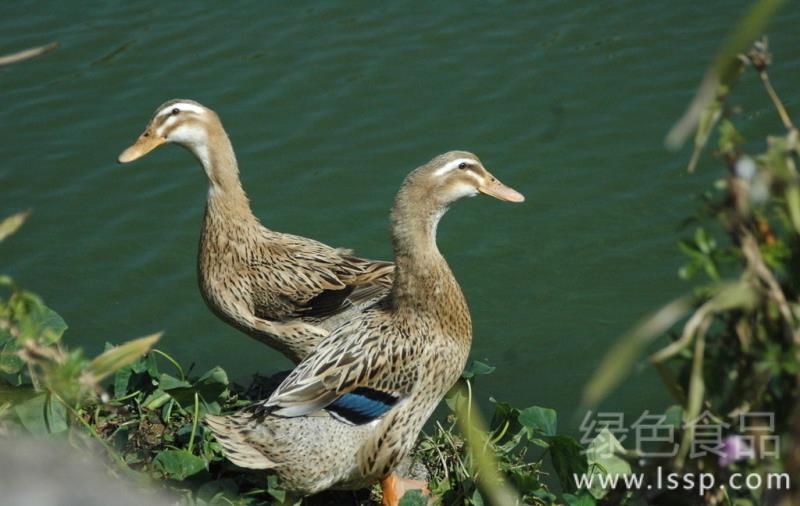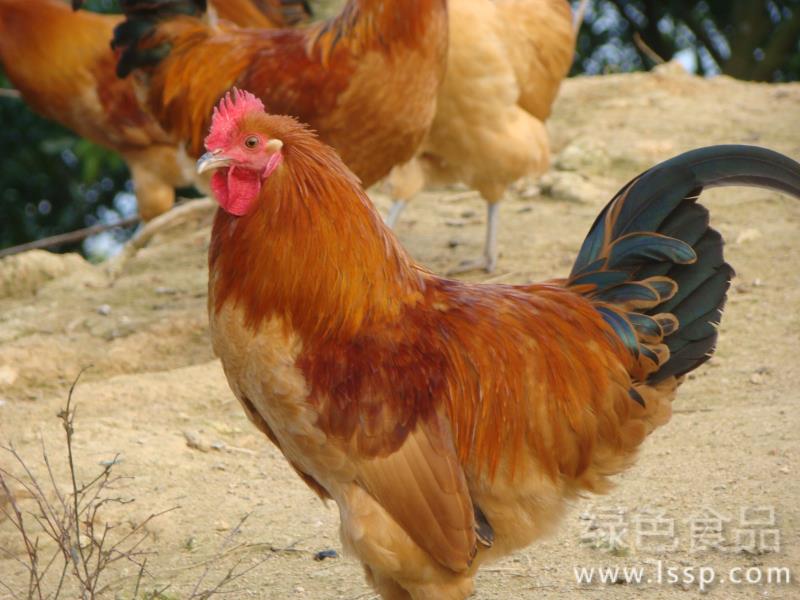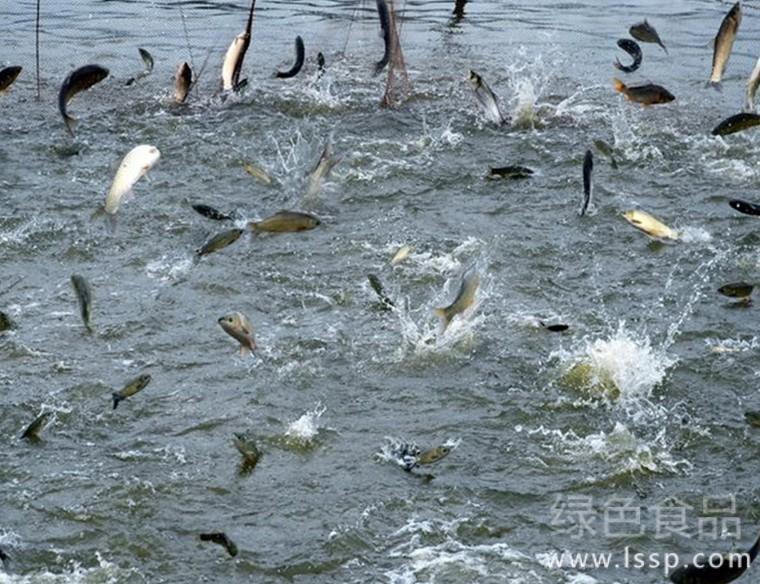Fluke disease affects duck egg laying how to control duck tracheoclonorchiasis
Duck tracheoclonorchiasis is caused by melon-shaped caecum trematodes and navicular trematodes. Melon-shaped caecum trematodes are parasitic in the trachea, air bag and esophagus of ducks, while navicular tracheotrematodes are parasitic in the trachea, bronchi, air sacs and infraorbital sinuses of ducks.

Duck
The intermediate hosts of duck tracheoclonorchiasis are vertebral snail and flat snail. In summer, when ducks graze in rivers, ponds and other waters, they become infected after swallowing snails containing metacercaria, affecting growth and egg laying. The case fatality rate is generally about 3% and 5%.
The performance of sick duck: dyspnea, wheezing, neck stretching and mouth opening. Due to the damage of the tracheal mucosa of the duck, it is congested and the inflammatory exudate increases, causing the sick duck to make a "gurgling" sound when breathing. When trematodes move to the upper end of the duck's trachea and block the trachea, it can cause the duck to suffocate and die suddenly.
For the treatment of diseased ducks, it was often used to inject 0.5-2 milliliters of iodine solution or 1500 sodium salicylate solution from the glottic fissure of ducks, which should be injected again every 2 days. Now the treatment with praziquantel has a good effect, the dosage is 50 mg per kilogram of body weight, mixed with feed or made of rice into pellets, once a day for 3 days.
- Prev

Enterotoxic syndrome slows down chicken growth how to prevent and cure chicken enterotoxic syndrome
Enterotoxic syndrome slows down chicken growth how to prevent and cure chicken enterotoxic syndrome
- Next

Fish enteritis will die soon how to prevent and cure freshwater fish enteritis
Fish enteritis will die soon how to prevent and cure freshwater fish enteritis
Related
- On the eggshell is a badge full of pride. British Poultry Egg Market and Consumer observation
- British study: 72% of Britons are willing to buy native eggs raised by insects
- Guidelines for friendly egg production revised the increase of space in chicken sheds can not be forced to change feathers and lay eggs.
- Risk of delay in customs clearance Australia suspends lobster exports to China
- Pig semen-the Vector of virus Transmission (4)
- Pig semen-the Vector of virus Transmission (3)
- Five common causes of difficult control of classical swine fever in clinic and their countermeasures
- Foot-and-mouth disease is the most effective way to prevent it!
- PED is the number one killer of piglets and has to be guarded against in autumn and winter.
- What is "yellow fat pig"? Have you ever heard the pig collector talk about "yellow fat pig"?

